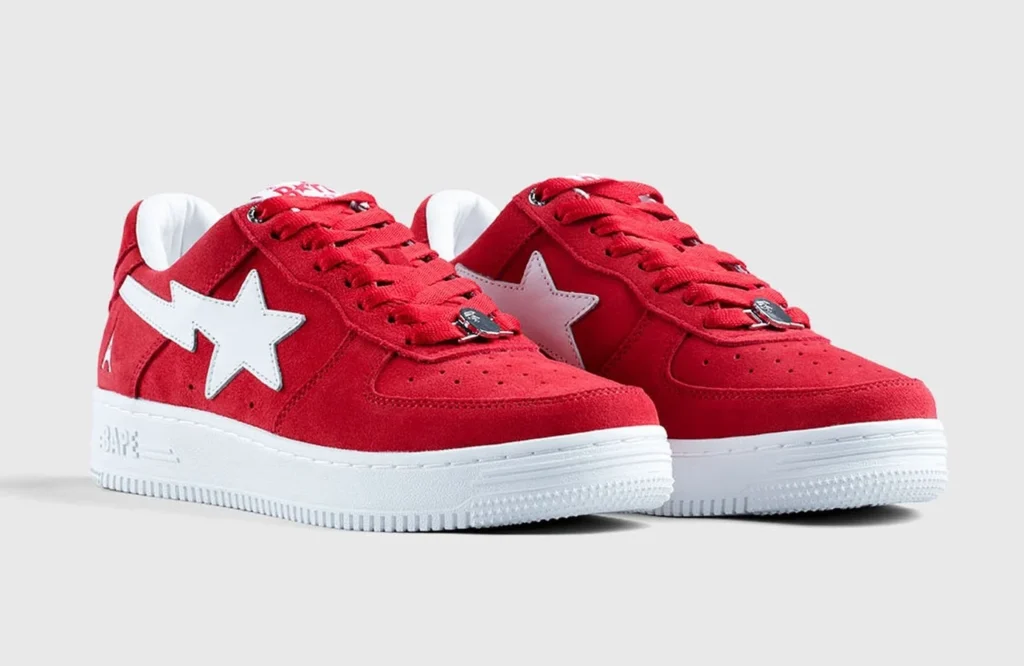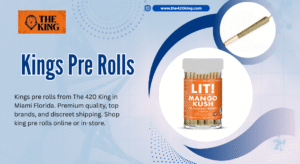
When it comes to streetwear, few sneakers hold the same level of cultural significance and instant recognizability as the Bapesta. This iconic shoe, produced by the Japanese fashion powerhouse A Bathing Ape (BAPE), has transcended the boundaries of fashion to become a global symbol of youth culture, hip-hop influence, and street-savvy design. The Bapesta is more than just footwear; it’s a statement—a bold emblem of rebellion, creativity, and authenticity.
The Birth of Bapesta: A Vision from Nigo
Nigo had already established himself as a leading figure in Japanese streetwear with BAPE’s unique designs and limited releases. When he turned his focus to footwear, he didn’t just want to make a shoe—he wanted to make a statement.
Inspired by the Nike Air Force 1, the Bapesta carries a similar silhouette but replaces the Swoosh with BAPE’s signature star logo, commonly referred to as the “STA.” This simple yet bold change captured immediate attention. The shoe’s design featured glossy patent leather, often in bright, clashing colorways that made it stand out in a crowd. The early 2000s were a time when sneaker culture was booming, and Bapesta found its place right at the center of that explosion.
Cultural Influence and Hip-Hop Endorsement
What propelled the Bapesta from a niche sneaker to a global phenomenon was its deep connection to hip-hop. Nigo’s close ties to American rappers and producers helped put the shoe in the spotlight. Icons like Pharrell Williams, Kanye West, and Lil Wayne began wearing Bapestas, turning the sneaker into a staple of early 2000s rap fashion.
Pharrell, in particular, played a major role in popularizing the shoe in the United States. His partnership with Nigo through Billionaire Boys Club and Ice Cream further blurred the lines between Japanese and American streetwear, creating a cross-cultural movement that elevated the Bapesta’s status.
Hip-hop’s embrace of Bapesta made it a must-have item for fans and trendsetters alike. The shoes weren’t just footwear—they were badges of authenticity and style, reflecting the wearer’s understanding of underground fashion and musical trends.
Limited Editions and Hype Culture
Part of what made Bapestas so desirable was their limited production. BAPE was known for producing items in small quantities, a strategy that built hype and made each release feel exclusive. The scarcity of the sneakers meant they often sold out instantly, driving resell prices sky-high and creating a cult following.
Limited edition releases were frequently tied to collaborations with artists, brands, and even franchises. From Marvel superheroes to SpongeBob SquarePants, BAPE leveraged pop culture to create buzz-worthy designs that catered to collectors and sneakerheads.
These unique designs, combined with unpredictable drop schedules, helped pioneer the modern hype culture we see today in the streetwear industry. The anticipation surrounding a new Bapesta release was as much a part of the experience as owning the shoe itself.
Design Evolution Over the Years
While the original Bapesta design stayed largely the same throughout its early years, the brand eventually began to experiment with variations. New materials, textures, and silhouettes were introduced, offering fresh takes on the classic style. BAPE began incorporating camo prints, suede textures, and even 3D elements into their designs.
Despite these updates, the core essence of the Bapesta—its boldness, its irreverence, and its cultural relevance—remained intact. The star logo and thick midsole are still signature features that instantly signal the brand’s identity.
In recent years, BAPE has embraced the resurgence of Y2K fashion and nostalgia by reissuing classic Bapesta colorways. These re-releases cater to both long-time fans and new audiences discovering the brand for the first time.
The Global Impact of the Bapesta
Its popularity has spread across the globe, thanks to international celebrities and the rise of global streetwear communities. In cities like London, Paris, Seoul, and Shanghai, Bapestas have become key items in the wardrobe of anyone plugged into fashion and music culture.
Social media has also played a huge role in the Bapesta’s global reach. Platforms like Instagram and TikTok have made it easier than ever for influencers, fashion enthusiasts, and content creators to showcase their outfits, often featuring the colorful and eye-catching sneaker.
Bapesta in the Fashion Industry Today
Today, the Bapesta holds a unique position in the fashion industry. While other sneakers have faded in and out of popularity, the Bapesta has managed to maintain its relevance through constant reinvention and strong brand loyalty. BAPE’s ability to evolve while staying true to its roots is a major reason why the Bapesta continues to thrive.
The shoe is frequently featured in fashion editorials, music videos, and street style photography.
The fashion world has become increasingly aware of the influence of streetwear, and the Bapesta is a prime example of how a single product can define an era and continue to evolve without losing its essence.
Legacy and Future of the Bapesta
As we look to the future, it’s clear that the Bapesta isn’t going anywhere. With new collaborations, innovative materials, and fresh marketing strategies, BAPE is ensuring that the Bapesta remains relevant for the next generation.
What started as a bold reinterpretation of a classic sneaker has grown into a cultural icon.





